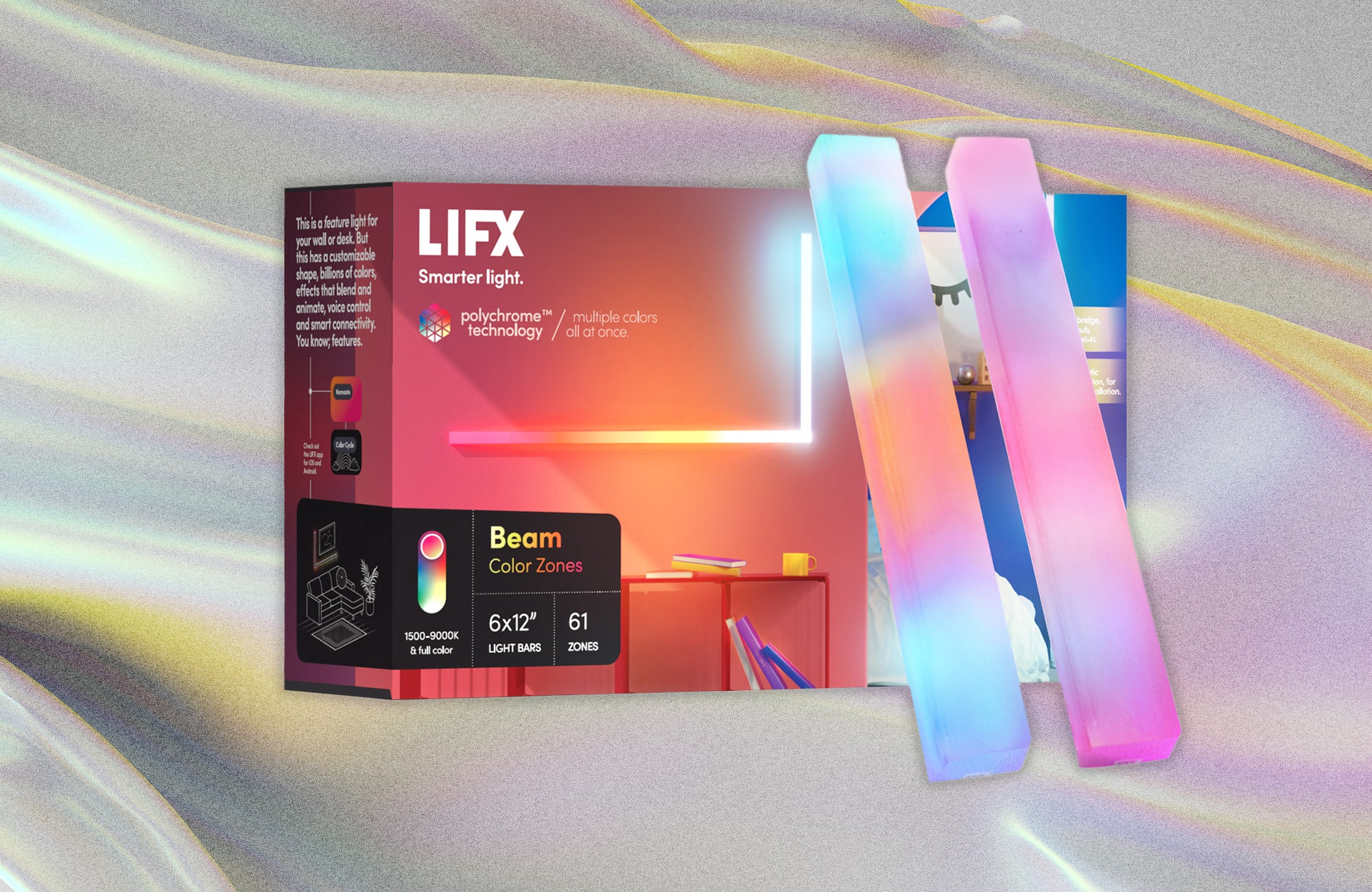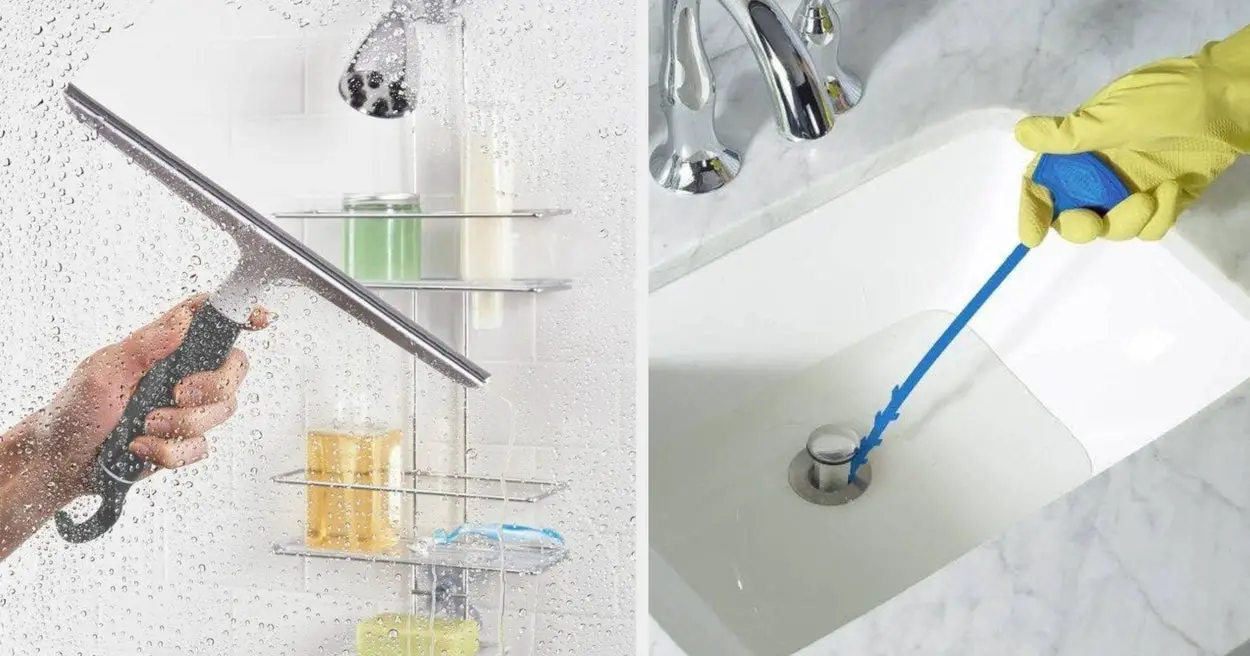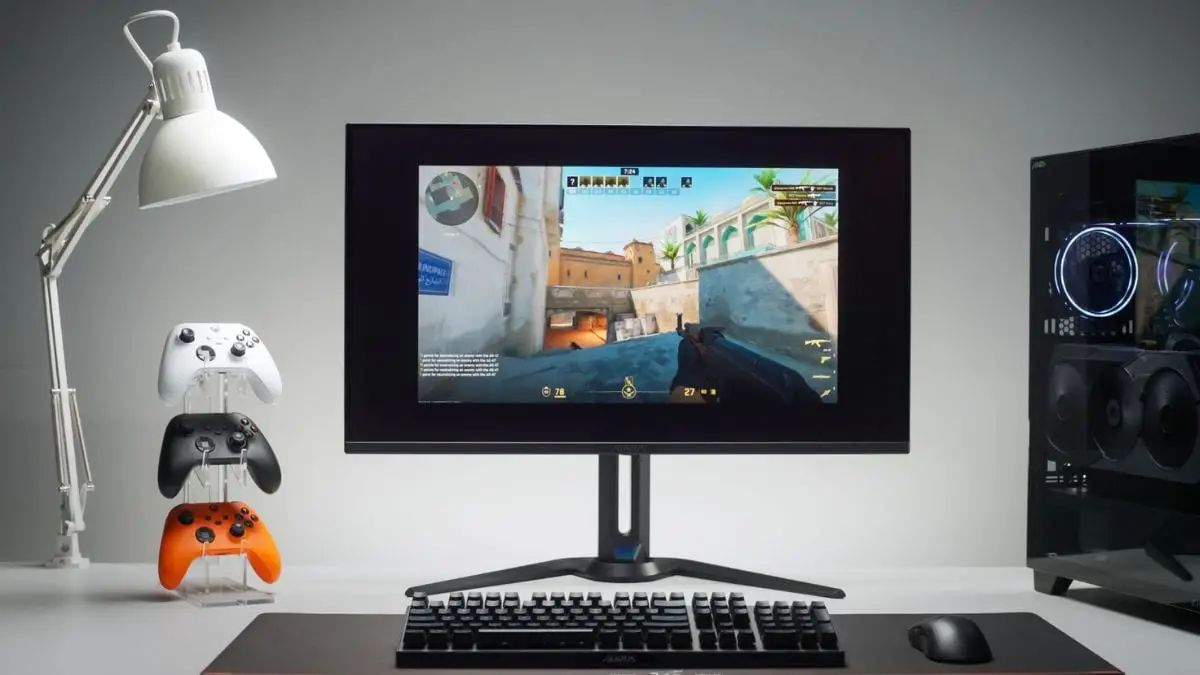Review: Lifx Beam
These handy light bars have me quitting light strips.
Photograph: Home Depot; Getty Images
Multiple Buying Options Available
If you buy something using links in our stories, we may earn a commission. This helps support our journalism. Learn more. Please also consider subscribing to WIRED
Easy to install (but you’ll want a level to double-check your work). Lightweight. Comes with adhesive strips. Fantastic mood lighting that’s bright enough to somewhat light up a room. Lost of fun light designs in the app, or you can create your own.
Expensive. Six-piece kit comes with one corner piece, so you’ll need to buy more corners or kits if you want a larger or more complicated design.
I made an entire Pinterest board of light strip ideas for my living room—up onto the ceiling! a giant half-circle around the TV!—only to throw it all away after finding a box in my closet.
That box was a Lifx Beam kit, which held six light bars and a corner piece to create a geometric shape anywhere on my walls. The Lifx Beam came out back in 2017, and it’s been on my list to try as a fun option in the world of smart lights. I can’t tell you how long that box has been sitting in my closet (best guess is at least a year), but I regret not taking it out sooner, and am delighted that it was ready and waiting to brighten up my brand-new home.
Consider me converted from light strips to light bars. Now, when decorating my home, I find myself wanting another Lifx Beam instead of dealing with another unruly light strip.
Stack It Up
Photograph: Nena Farrell
My TV is now on a massive wall that was begging for something fun to be added to it. I considered some really long LED strips and maybe a coat of paint, but adding the Lifx Beam added a pop of fun and plenty of color without nearly as much work.
Light strips aren’t hard to put up, of course. But you have to be intentional with your placement if you’re trying to create a design, or even if you’re just trying to achieve a nice line or circle with the unruly rope of LEDs. Good light strips are heavier, too, since it’s all one long strip of weight; plenty of light strips have popped off my wall or TV after a couple months of use, if not a matter of weeks. You can install some light strips with screws instead of adhesive strips; I’ve also used a combination of pushpins (for weight support) and adhesive (for creating the strip shape) to achieve my ideal light strip setup.
Photograph: Nena Farrell
All of that went away with the Lifx Beam. There are individual 12-inch bars, and they’re wider, so the weight is better distributed. The bars feel lighter and easier to place compared to a long cord of lights. The part that took the most effort was placing the Beam bars in a straight line. I used a wall laser level to ensure the line was straight, and popped each light bar onto the wall one by one with the included adhesive strips on the back. There are a couple adhesive strips for each bar; the weight is also better distributed in a lightweight bar than in a thin, heavy rope, so it feels more secure on the wall with just the strips. You can feel when the Beam bars are lined up right with one another—they don’t fully click into place, but you can feel when the two sides are perfectly matched up.
A six-piece kit, like the one I have, comes with one corner unit, and I created an L-shape below my TV to add more mood lighting to my living room. The hardest decision was whether to perfectly balance the L; I experimented before deciding a balanced line looks best. But I’m still tempted to add a four-piece kit ($60) and add another bar or two under the TV, or buy an entire second kit to make another L-shape on the other side.
The Beam Show
Photograph: Nena Farrell
The Beam is easy to control once installed. Lifx defaults to Apple HomeKit if you’re an iPhone user (you can wait 15 minutes for the HomeKit request to time out if you want to connect to platforms like Amazon Alexa, Google Assistant, and Samsung SmartThings). Once the app recognizes the Beam, it’ll let you click a button to check how many bars there are in the setup. You can recheck this number whenever you want, in case you end up adding extensions or changing your Beam arrangement.
Once that’s recognized, you can start playing around with colors! Like most smart lights, there are plenty of options for various shades of white and bright colors, and tons of colorful themes that take advantage of the massive row of lights. Lifx’s app comes with tons of precreated themes, ranging from ones inspired by music and artists (I love the Bijutsukai and Matisse with my living room colors) to holidays and even sports teams. There isn’t a camera or similar tool to make it match what’s on your TV screen, so I usually choose a theme or color scheme to make it match the vibe of the show.
Photograph: Nena Farrell
You can use the in-app Paint tool to make custom light arrangements if none of the included designs pique your fancy. You can either paint the whole thing at once—it’ll let you choose three colors and arrange it for you—or manually control it by zone. My six bars and one corner piece have 61 zones, so 10 zones per bar plus one extra for that little corner. You can highlight and change multiple zones at the same time to get your perfect design, but it does take time.
Buying Time
The Lifx Beam isn’t anything particularly new, but I love how much easier it is to stick on a wall without worrying whether a section will pop off, and to add more segments or rearrange the shape whenever I want. It feels more like art on my wall than a regular light strip.
My only complaint is that I wish it were a little cheaper; it’s $60 for four pieces, or $150 for six. And Lifx doesn’t sell corner pieces individually, limiting the fun you can have with designs. After all these years of it on the market, it might be too late to hope for more extensions. I’m still in love with mine, though, single corner and all.










